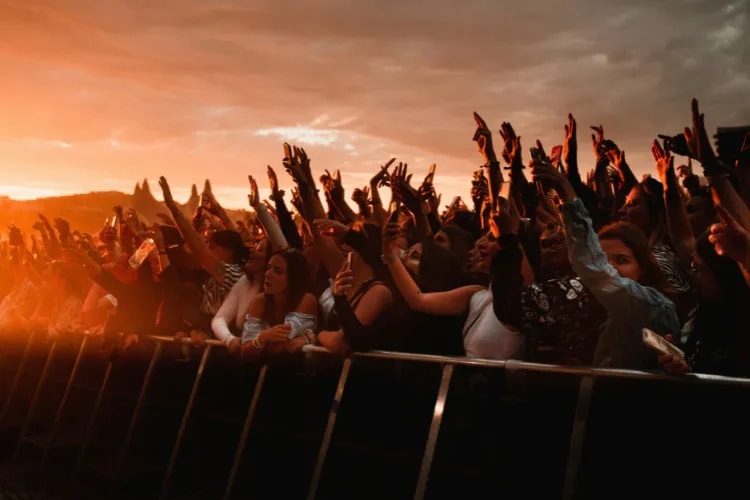
Free ticketed events sound almost too good to be true: you remove the price tag to maximize reach, yet keep RSVPs to manage demand and collect the data you need for follow-up. That combo taps into a well-documented “zero-price effect,” which lowers psychological barriers and pulls more people into your funnel—especially when budgets are tight and every marketing dollar needs to go further.
But free doesn’t mean effortless. Success hinges on reducing friction (think travel time, queues, confusing registration forms), designing for interaction, and turning first-party insights into personalized follow-up that drives real business outcomes.
In this guide, you’ll learn how to plan, promote, and deliver high-impact free ticketed events, with practical examples, a playbook for engagement, and tips to convert newfound reach into pipeline, loyalty, and community.
Free ticketed events offer a powerful mix of scale and control. Here’s why they work—and how to make them work for you.
• Increased attendance and reach: “Free” exerts an outsized pull, but only when you manage incidental costs like time, travel, and long lines. Research on the boomerang effect of zero pricing suggests that if attending feels costly in other ways, people may opt out despite the zero price. Make it easy to say yes: choose accessible locations or virtual formats, share transit/parking tips, and streamline on-site flow.
• Data collection and audience insights: With third‑party cookies fading and inbox rules tightening, free RSVPs are a prime source of compliant first‑party data. Capture only what you need at registration, then enrich gradually. Use those insights to segment messaging and tailor offers. For a simple way to send updates, confirmations, and reminders, explore .
The Loopyah Content Team shares expert insights, practical guides, and industry updates to help event organizers create unforgettable experiences and stay ahead in the event planning world.
growth
• Upsell and lifetime value: The revenue story starts after the event. When you pair first‑party data with relevant offers—demos, trials, memberships, or premium in‑person passes—personalization can significantly lift conversion and loyalty over time.
• Community positioning: Free, inclusive gatherings signal generosity and cultural relevance. You’re not just selling; you’re convening. That builds brand trust and affinity that compounds with each event.
Top benefit snapshot: bigger top‑of‑funnel at low cost.
Stronger insight engine: more first‑party data for ongoing personalization.
Deeper relationships: community goodwill that improves long‑term retention.
Start with the end in mind and plan to remove friction at every step—from registration to arrival to follow‑up.
1) Set measurable objectives: Define targets for registrations, show‑rate, net‑new opt‑ins, qualified meetings booked, and sponsor leads. With many teams facing flat budgets, prioritize the few metrics that tie directly to pipeline or retention.
2) Know your audience: Document the problem your event solves for them. Build the agenda around takeaways they can use tomorrow. If you’re courting multiple segments, design tracks or breakouts by role or use case.
3) Choose format, date, and time with friction in mind: Mid‑week, mid‑day often works for virtual. Hybrid extends reach across time zones, and on‑demand access can be a quiet powerhouse—many programs now see strong replay engagement and healthy reg‑to‑attend conversion when both live and on‑demand are offered.
4) Simplify registration: Minimize form fields to essentials (name, email, company or role), defer the rest, and auto‑fill when you can. Fewer fields meaningfully boosts completion, while progressive profiling preserves future personalization potential.
5) Budget smart: Allocate to the moments that move the needle—speaker talent, content capture for repurposing, and attendee experience (accessibility, clear signage, helpful staff, or virtual moderation).
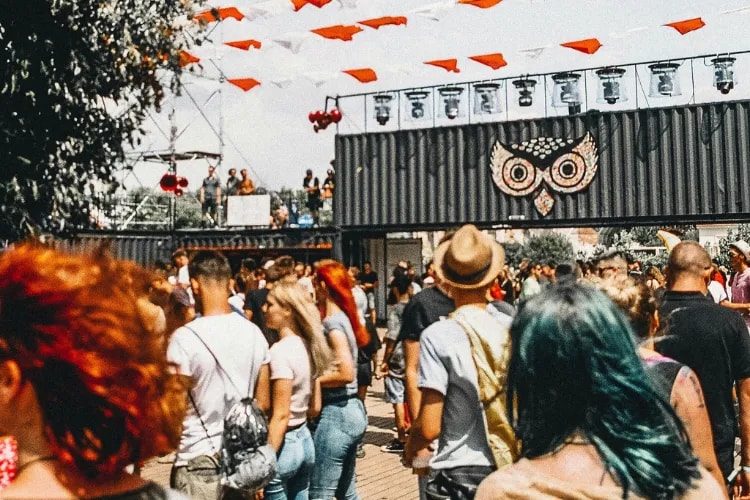
Lean into the channels where discovery is happening now, then orchestrate messages across social, email, and partners for maximum lift.
• Social media: Treat social as the new search for many audiences (especially Gen Z). Use platform‑native formats—short video teasers, carousels with session highlights, and livestream Q&As with speakers. Encourage user‑generated content and tap creators who already influence your ideal attendees.
• Email marketing: Still a top‑ROI channel when done right. Authenticate your sending domain (SPF/DKIM/DMARC), keep spam rates low, and support one‑click unsubscribe. Segment by interest (topic, role, location) and sequence reminders around value: what they’ll learn, who they’ll meet, and what they’ll get on replay. Explore how Loopyah can help you promote events and manage multi‑channel campaigns with minimal lift.
• Partners and influencers: Co‑host with local organizations, relevant associations, or creators. Offer shareable assets (copy, visuals, tracking links) and co‑branded perks for their audiences. Peer advocacy often outperforms brand accounts.
• Content that compounds: Publish a short blog announcement, speaker spotlights, and a highlight video. Repurpose clips into social reels. Create “reasons to attend” threads and a downloadable agenda PDF. The goal is to make saying yes feel obvious.
Interactivity converts attention into action. Plan for participation early, and make it effortless to engage.
• Make it interactive: Use Q&A, polls, reactions, and live chat. Data from the 2025 Webinar Benchmarks associates higher interactivity with better attention minutes and stronger conversion.
• Tailor CTAs by segment: Offer role‑specific resources and next steps—developer sandboxes for builders, ROI calculators for leaders, local chapter invites for community‑minded attendees. Personalization amplifies click‑through and demo interest.
• Engineer networking: For in‑person, use badge stickers (interests, roles) and guided icebreakers. For virtual, schedule short breakouts by topic. Follow with a directory or opt‑in Slack/Discord to keep momentum going.
Kickoff poll to surface attendee goals; reference results during sessions.
Live Q&A with upvoting; answer top questions on the spot.
“Choose your own path” breakouts by role, industry, or skill level.
Contextual CTAs (try, demo, join, donate) shown at the right moments.
Design for interaction, not just broadcast—participation is the bridge between attention and action.
Treat the event as the start of a relationship. The first 48 hours are prime time to sustain momentum.
• Send a rapid “thank you + replay” note: Include session links, speaker slides, and a two‑question feedback survey. For no‑shows, send a special replay with “top 10 minutes to watch” and a fresh CTA.
• Analyze what mattered: Look at registrations, show‑rate, attention minutes, poll/Q&A participation, CTA clicks, and meetings booked. Tag content that over‑performed so you can double down in future programming.
• Activate first‑party data: Build segments from engagement signals (e.g., live attendees who clicked a product link vs. replay viewers who saved a resource) and route them into personalized nurtures. If you want to centralize insights and automate follow‑ups, consider event software that connects registration, engagement, and email in one place.
• Keep the community warm: Publish a recap blog, share short video highlights, and invite attendees to your next free session. Offer VIP access or early bird pricing for any paid tiers.
Apple transitioned WWDC to a free, online‑first model with selective in‑person elements—retaining prestige while vastly expanding access. The approach prioritizes content breadth, on‑demand replay, and developer community rituals that keep people engaged year‑round. Key takeaways: invest in high‑quality content capture, use a flagship day to anchor buzz, and channel the surge of interest into ongoing community experiences.
Adobe MAX offers free online registration paired with a premium in‑person experience. This tiered model delivers the best of both worlds: scale and data capture from free virtual, plus monetization and deeper relationships from paid passes. Consider a similar structure if you want to nurture a large global audience while funding the high‑touch moments that matter most.
Imagine a local retailer co‑hosting a free “creator showcase” with two neighborhood makers. Registration asks for name, email, and interests. Promotion leans on creator reels, a neighborhood association email, and a partner giveaway. The event mixes 20‑minute demos, Q&A, and a community photo wall. Post‑event, attendees receive a replay, a style lookbook, and a limited‑time discount—with segments for first‑time shoppers vs. existing VIPs. Sponsors (coffee shop, print studio) help underwrite costs in exchange for shout‑outs and opt‑in lead lists.
You don’t need dozens of tools—just the right ones. Here’s a lightweight stack to keep budgets lean:
Promotion and social: Social scheduling/analytics platforms to plan native content and measure what drives RSVPs.
Email and deliverability: A sender‑compliant email tool with domain authentication, one‑click unsubscribe, and simple segmentation.
Engagement during events: A platform that supports Q&A, polls, breakout rooms, and capture for on‑demand replay.
Form and UX guidance: Follow best practices to minimize fields, defer optional questions, and auto‑fill where possible.
For targeted email confirmations, reminders, and post‑event nurtures, check out Loopyah’s email for event attendees—built to help small teams move fast without sacrificing deliverability.
Free ticketed events can be a growth catalyst when you: a) minimize friction to register and attend, b) promote with creator‑led social and compliant, value‑rich email, c) design for participation (not just broadcast), and d) activate first‑party data for upsell and loyalty.
Execute that playbook and you’ll unlock big‑company outcomes on a small‑team budget—more reach, stronger relationships, and clearer paths to revenue.
Ready to turn your next idea into a high‑impact, free ticketed event?
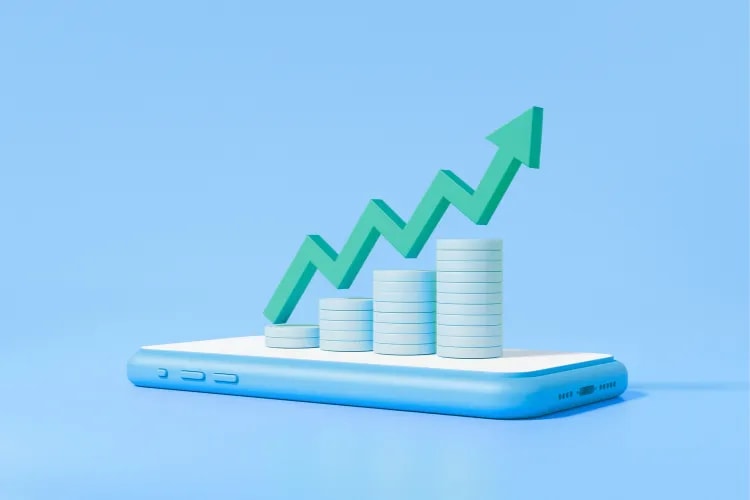
selling
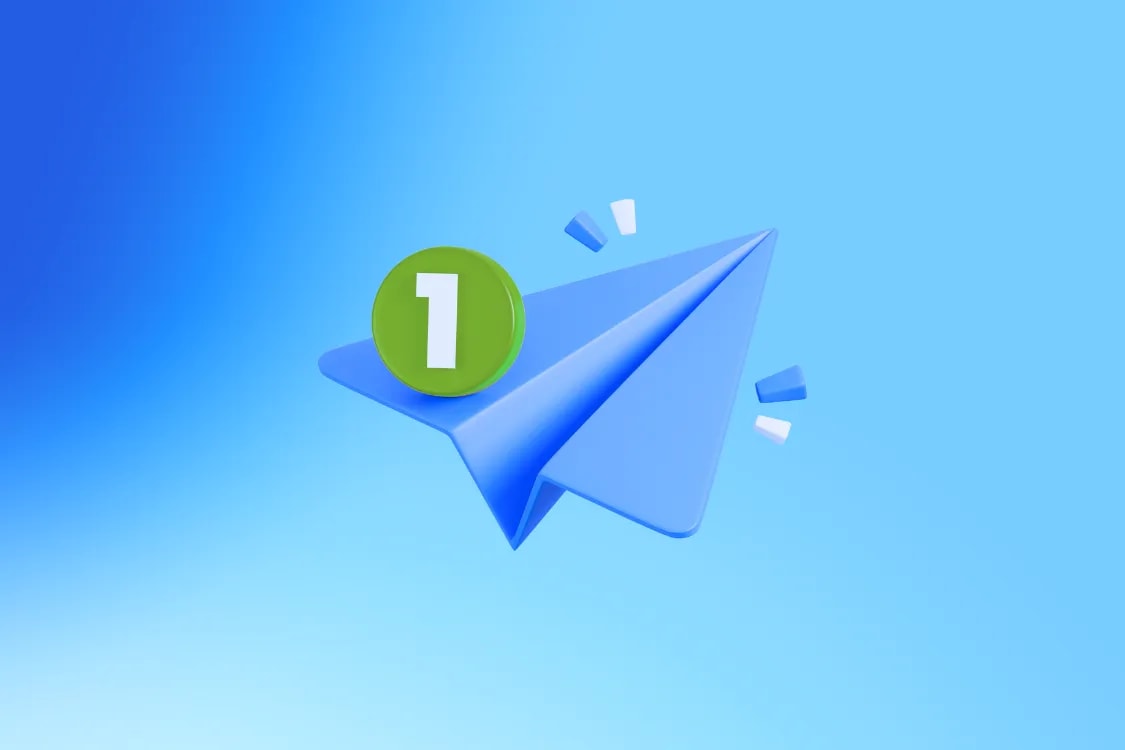
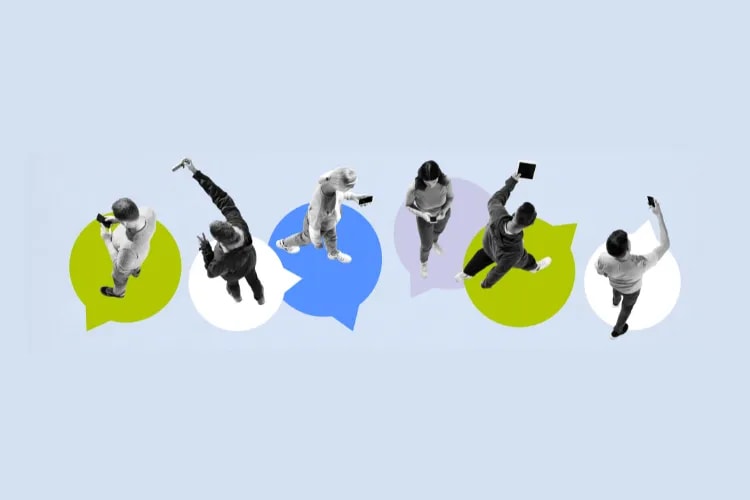

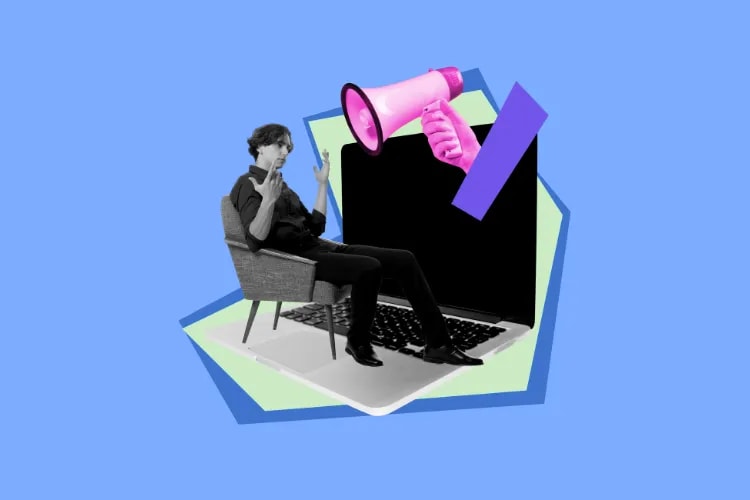
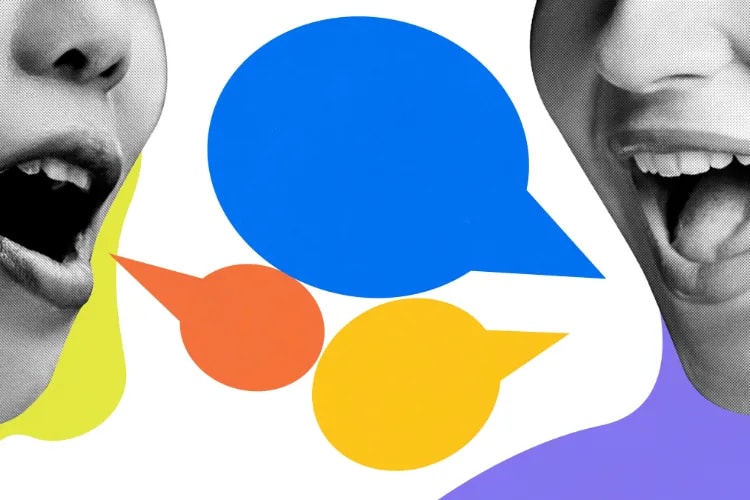

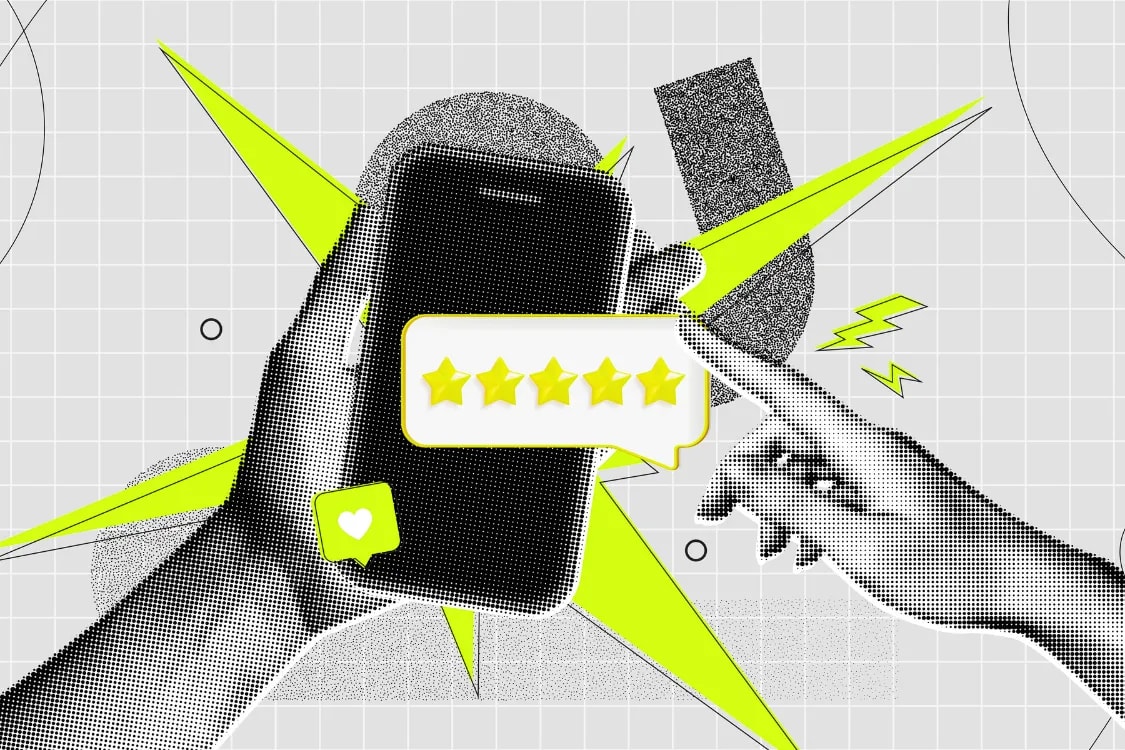


marketing
marketing
growth
marketing
marketing
marketing
marketing
tools
marketing